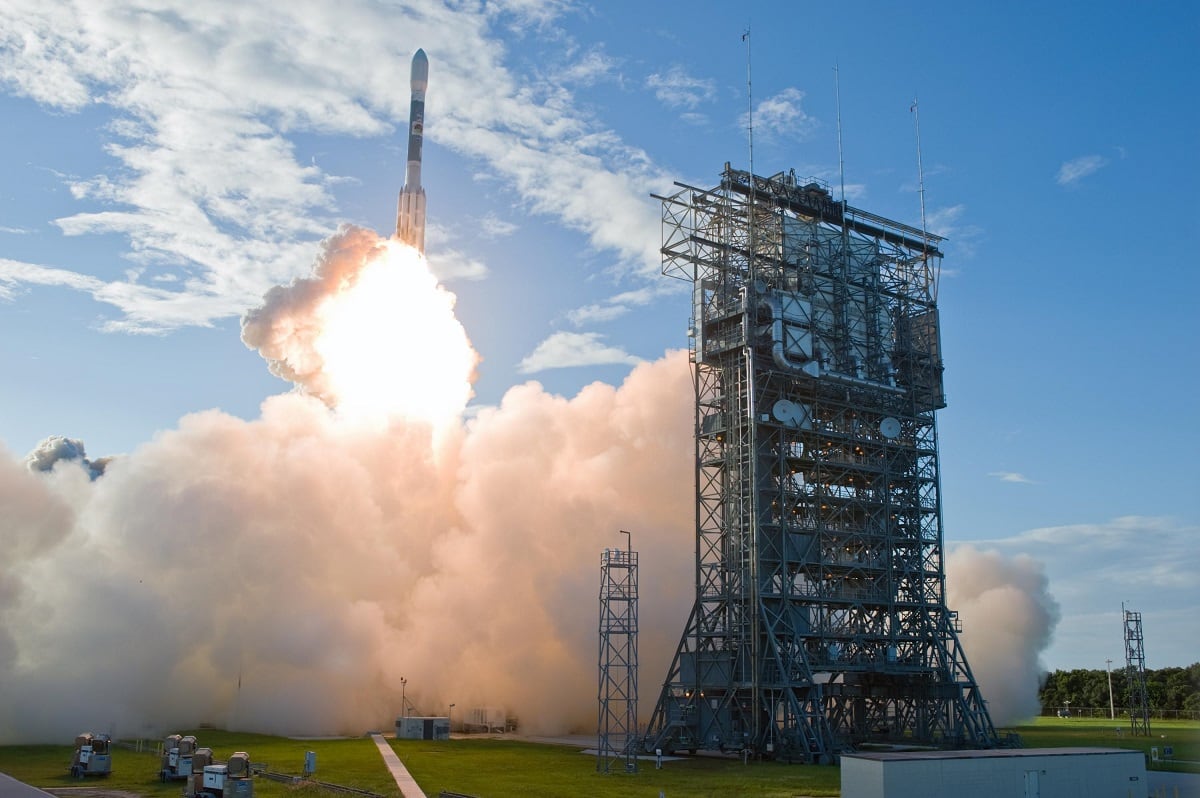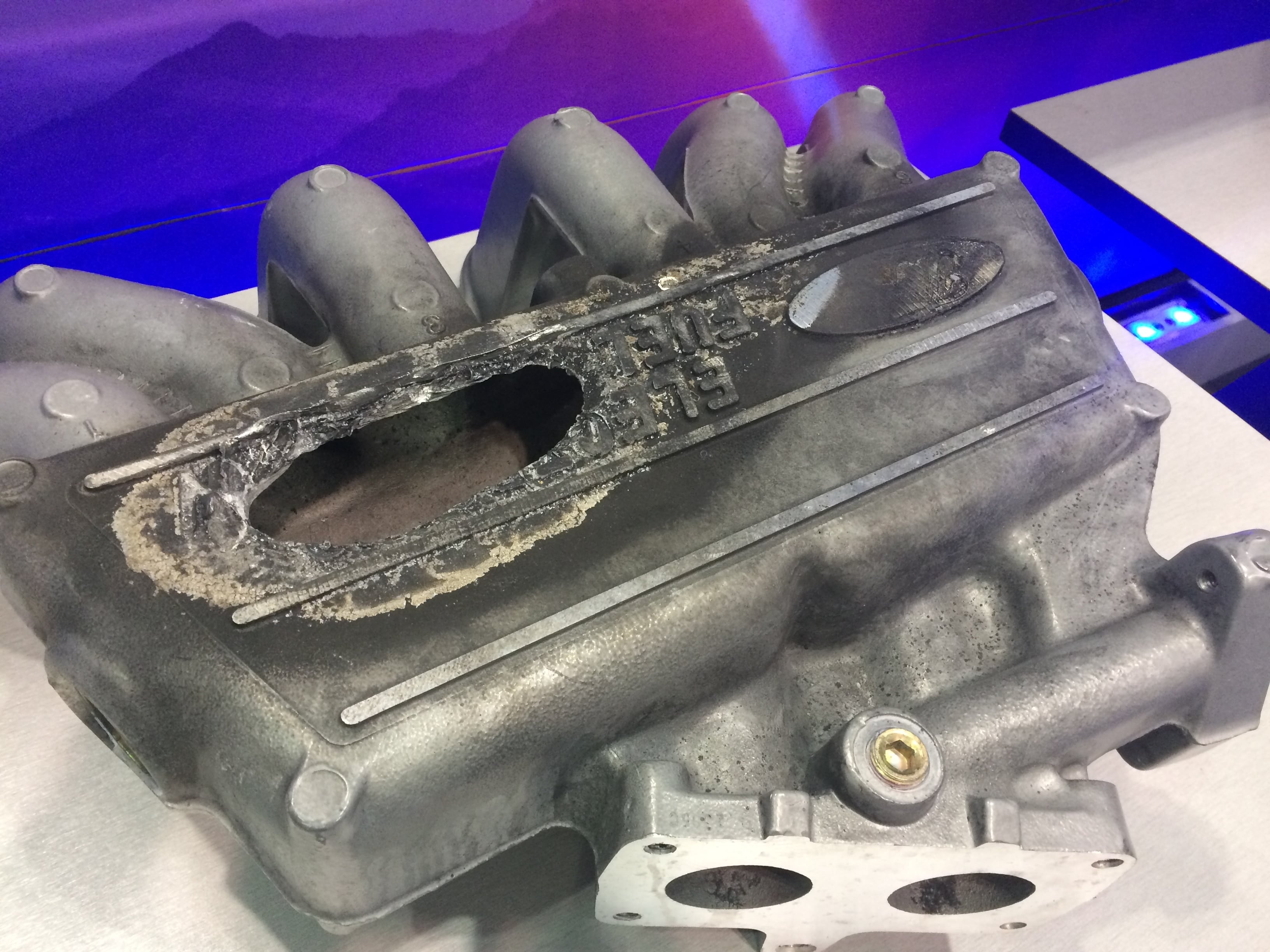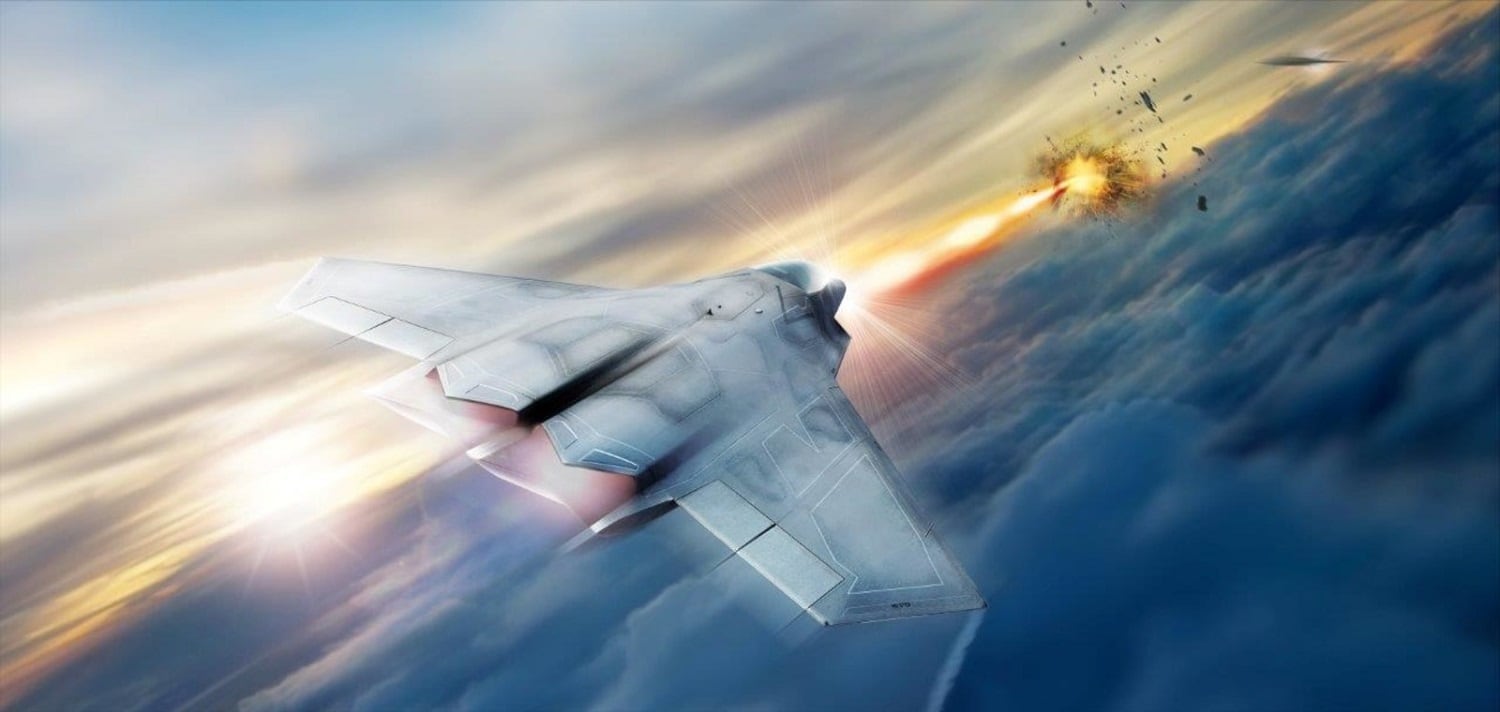HUNTSVILLE, Ala. — The Pentagon is eyeing space-based laser weapons technology as the ultimate solution to defeat a missile threat in its boost phase of flight, but the Defense Department is not yet at a point where it has determined the best possible solution.
“Waiting until an adversary is in midcourse [phase of flight] is giving the adversary a free pass to launch,” Michael Griffin, the undersecretary of defense for research and engineering, told reporters during a media roundtable at the Space and Missile Defense Symposium.
Advocating for getting after defeating missile threats in their earliest phase of flight, he said: “Until we’ve studied the problem, I don’t know what the best long-term solution is. … The best solution may be with directed energy.
“It’s too soon to pick a winner,” Griffin said.
But the Missile Defense Agency and the Pentagon are already thinking about how to accomplish a boost-phase missile defeat, which has become critical now that Congress — as part of its fiscal 2019 National Defense Authorization Act signed into law Aug. 14 — is requiring the Defense Department to study and formulate an initial plan to develop a boost-phase missile defense capability next year.
And the MDA has to produce a feasibility study on using UAVs and kinetic interceptors by the end of 2021.
RELATED

“We have quite a number of people advocating that an F-15 or F-35 or, you pick your aircraft platform, orbiting in a holding pattern off the coast of certain adversaries would give you — carrying a modified air-to-air missile — would give you a boost phase intercept capability," Griffin said.
The undersecretary said he agreed it’s possible, but added: “I would go from there and say an unmanned aerial vehicle orbiting possibly at a higher altitude might give you more of a cost-effective solution, and you might consider developing a new air-to-air capability to augment that.”
That could mean a new munition to get after the task, Griffin said, noting that “a number of contractors have come forward to me already and said: ‘If we do something like that with a new munition, you can get a fairly cost-effective boost-phase capability against limited threats,’ and I believe that to be true.”
But in the longer term, it makes sense to put boost-phase interceptors in space, according to Griffin.
“If you deploy a space-based interceptor constellation, which is something we’ve studied in excess of 30 years, I think the effectivity is beyond doubt, it’s not technically hard to do,” he said. But “it does represent a substantial policy shift. It’s a new cost not presently in the budget, but we can do it, yeah, easy problem.”
RELATED

A boost-phase intercept using a directed-energy weapon “has been this really difficult and highly complex goal we’ve been after for a number of years,” Joseph Keelon, the Missile Defense Agency’s acting program executive for advanced technology, said at the symposium.
The MDA’s previous airborne laser program was on a Boeing 747 commercial airliner, he noted. “We did shoot a missile with a laser ... it can be done.”
And now Congress is providing funding and support to pursue directed-energy development within the MDA, Keelon said, specifically to support an airborne lower-power laser demonstrator and laser scaling that will lead to the development of directed-energy weapons for missile defense.
While the MDA did not request any funding in FY19 for laser scaling for a boost-phase intercept capability, Congress is authorizing $50 million to push the effort forward. The effort will allow the continuation of research and development of the three separate laser-scaling efforts, with a goal of demonstrating a 500-kilowatt laser by 2021 and a “best-of-breed’ 1-megawatt laser capability by 2023.
There are “a lot of studies, there are those that say we shouldn’t do this,” Keelon said. “I want to tell you why those guys are wrong. Maybe they are right for the first missile, but they are absolutely dead wrong for the second missile, for the fourth missile, the 16th and the 350th missile that comes at the U.S.”
RELATED

Keelon also advocated for the use of the Joint Strike Fighter or other aircraft to shoot down missiles in boost phase. “We need all of our combat aircraft and all of our combat systems to be able to shoot this stuff down in the boost phase in a nasty fight if we get there," he said. “Just a thought.”
While he is unsure whether an F-35 can shoot down a missile “right now,” Keelon did say the jets “need to be able to do that, so that is what we need to be able to help the Air Force with.”
Jen Judson is an award-winning journalist covering land warfare for Defense News. She has also worked for Politico and Inside Defense. She holds a Master of Science degree in journalism from Boston University and a Bachelor of Arts degree from Kenyon College.








